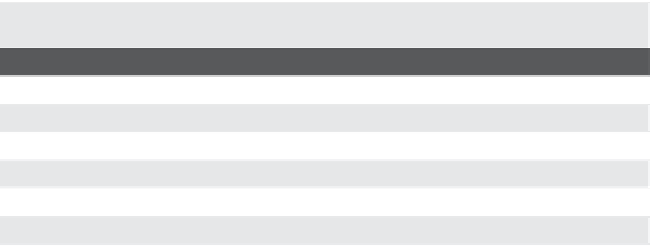Agriculture Reference
In-Depth Information
In general, lamb consumers are among the higher-income groups of the
population, so this should determine where to advertise, if advertising is
needed to sell your meat (or cheese). Always remember the consumer prefer-
ence for leaner meat, and do not overfatten the lambs in the last month prior
to slaughter. If you're going to market meat, it's important to have a good idea
of how much you'll get back for different cuts.
There are also real opportunities for selling lamb to certain ethnic mar-
kets. A friend of mine who lives in Red Lake Falls, Minnesota, has developed a
dedicated clientele for her lamb among Arab community members in nearby
Grand Forks, North Dakota. Research ethnic markets in cities near where you
live; lamb is central to the diets of most Arab cultures, as well as the Greek
culture.
If you are marketing lamb directly to the public, you will want to sign up
your farm at
www.localharvest.org
. This site allows consumers to search easily
for “real food” from “real farmers.”
RELATIVE PERCENTAGES OF VARIOUS CUTS
TYPE OF CUT
RELATIVE PERCENTAGE OF RETURN
Loin
8% of hanging carcass weight, or 4.4% of live weight
Rib (track)
7% of hanging carcass weight, or 3.9% of live weight
Leg (boned/rolled)
24% hanging carcass weight, or 13.2% of live weight
Shoulder (boned)
20% hanging carcass weight, or 11.0% of live weight
Ground lamb
10% hanging carcass weight, or 5.5% of live weight
Stew meat
7% of hanging carcass weight, or 3.9% of live weight
Bone, waste, etc.
24% hanging carcass weight, or 13.2% of live weight
For example, if you take a 115-pound (52 kg) lamb in to be butchered, you'll get about
5 pounds (2.3 kg) of loin cuts (115 × 0.044, or 52 × 0.044).
Locker Lambs
The locker-lamb business legally requires you to sell to your customer in
advance, deliver the lamb to the slaughterhouse, and give the slaughterhouse
your customer's name. It will notify you, not the customer, of the cutting
weight as you direct it. Collect the price per pound on that weight from
your customer, who then picks up the meat from the slaughterhouse all cut,
wrapped, and frozen and pays it for the cut-and-wrap charges.


